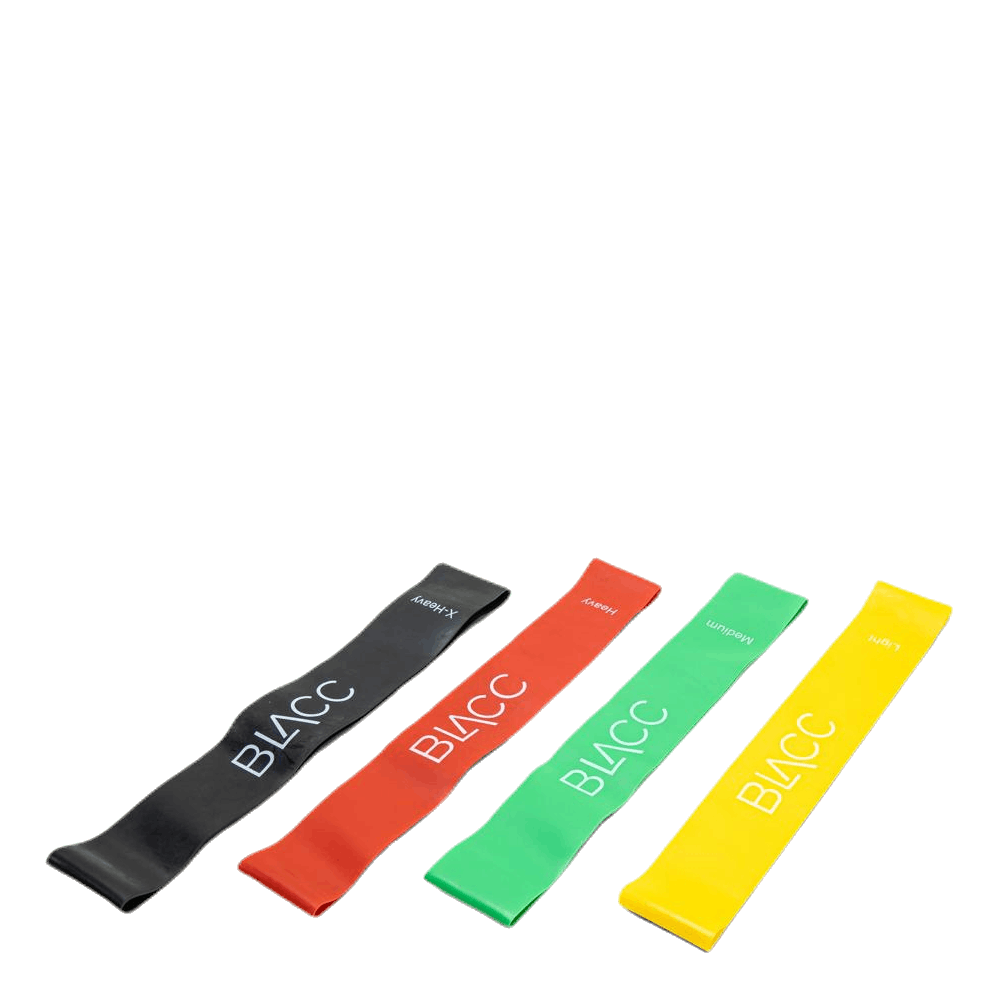
Train Your Core the Right Way - Expert Tips for a Strong Core
Why is it important to train your core?
Having a strong core, or abdominal muscles, is crucial for your overall health and athletic ability. A well-trained core provides better posture, balance, and stability, reducing the risk of injuries and improving your performance in all types of physical activities. Additionally, a strong core can alleviate back pain and give you a more confident appearance.
However, training your abs is not just about getting visible six-pack abs. It's important to focus on strengthening all parts of your core, including the deep stabilizing muscles such as the transversus abdominis and multifidus. By including a diverse mix of exercises in your routine, you can build functional and balanced core strength.
The Best Exercises for Training Your Core
There are many effective exercises for training your core, but here are some of our favorites:
- Plank: This classic exercise activates all parts of your core while building endurance. Start by holding the plank for 30 seconds and gradually increase the time as you get stronger.
- Crunches: Crunches are an excellent exercise for targeting the superficial abdominal muscles, especially the rectus abdominis (the "six-pack muscles"). Be sure to use proper form and avoid pulling on your neck.
- Back Extensions: This exercise strengthens the lower back muscles and the posterior part of your core. Lie on your stomach with your arms at your sides and lift your upper body and legs simultaneously, holding for 2-3 seconds.
- Side Plank: The side plank targets the lateral abdominal muscles, especially the obliques. Start by holding for 15-30 seconds on each side and gradually increase the time.
- Dead Bugs: This exercise activates your entire core while also improving coordination and stability. Lie on your back with your arms and legs extended, lowering the opposite arm and leg toward the floor without touching it.
Tips to Maximize Your Core Training
To get the most out of your core training, keep these tips in mind:
- Focus on quality over quantity. It's better to do a few repetitions with perfect form than many with poor technique.
- Breathe properly. Avoid holding your breath during exercises, as this can increase blood pressure and tension. Exhale when exerting and inhale when relaxing.
- Vary your exercises. Include a mix of isometric exercises (like the plank), dynamic exercises (like crunches), and rotational exercises (like Russian twists) to train all parts of your core.
- Progress gradually. Increase the difficulty of your exercises over time by adding more resistance, time, or complexity. But only increase when you can maintain proper form.
- Give yourself enough rest. Just like any other muscles, your core needs time to recover and grow stronger between workout sessions. Aim to train your core 2-3 times per week, with at least one rest day in between.
Common Mistakes to Avoid When Training Your Core
While core training can be highly beneficial, there are some common mistakes that can reduce the effectiveness of your training or even lead to injuries:
- Using momentum instead of muscle power: When doing exercises like crunches or sit-ups, make sure the movement comes from your core and not from swinging or using momentum. Go slowly and controlled.
- Holding your breath: As mentioned earlier, it's important to breathe properly during core training. Holding your breath can unnecessarily increase blood pressure and tension.
- Neglecting the deep muscles: Many people focus solely on the superficial "six-pack" muscles, but it's equally important to train the deep stabilizing muscles for a well-balanced core.
- Training through pain: Some discomfort is normal, but sharp pain is a warning sign. If you experience pain in your back or neck during core training, stop immediately and consult a doctor or physical therapist.
Incorporate Core Training into Your Active Lifestyle
Training your core doesn't have to be a separate project - you can easily incorporate it into your existing workout routine or active lifestyle. Here are some ideas:
- Do a short core training circuit at home in the morning or evening, with exercises like the plank, crunches, and dead bugs.
- Take short "core breaks" at work, where you do some standing crunches or side planks at your desk.
- Include core-engaging exercises like plank rows or kettlebell swings in your strength training sessions.
- Try core-intensive sports like climbing, surfing, or stand-up paddling to challenge your core in a fun way.
- Participate in a group fitness class that focuses on core strength, such as Pilates or [[brand]]Core de Force[[brand]].
Remember, the key to a strong, healthy core is consistency and variety. By incorporating a diverse mix of core exercises into your regular routine, along with an active lifestyle in general, you can build the core strength and endurance you need to feel great and perform at your best in all your activities.
So what are you waiting for? Roll out a mat and start building your core strength today! With dedication, patience, and proper technique, you'll soon experience the benefits of a stronger, more stable, and more functional core. And who knows - you might even develop those coveted six-pack abs along the way. But remember, the real reward is how much better you'll feel and perform in everything you do. So work hard, have fun, and enjoy the journey to your strongest core yet!













